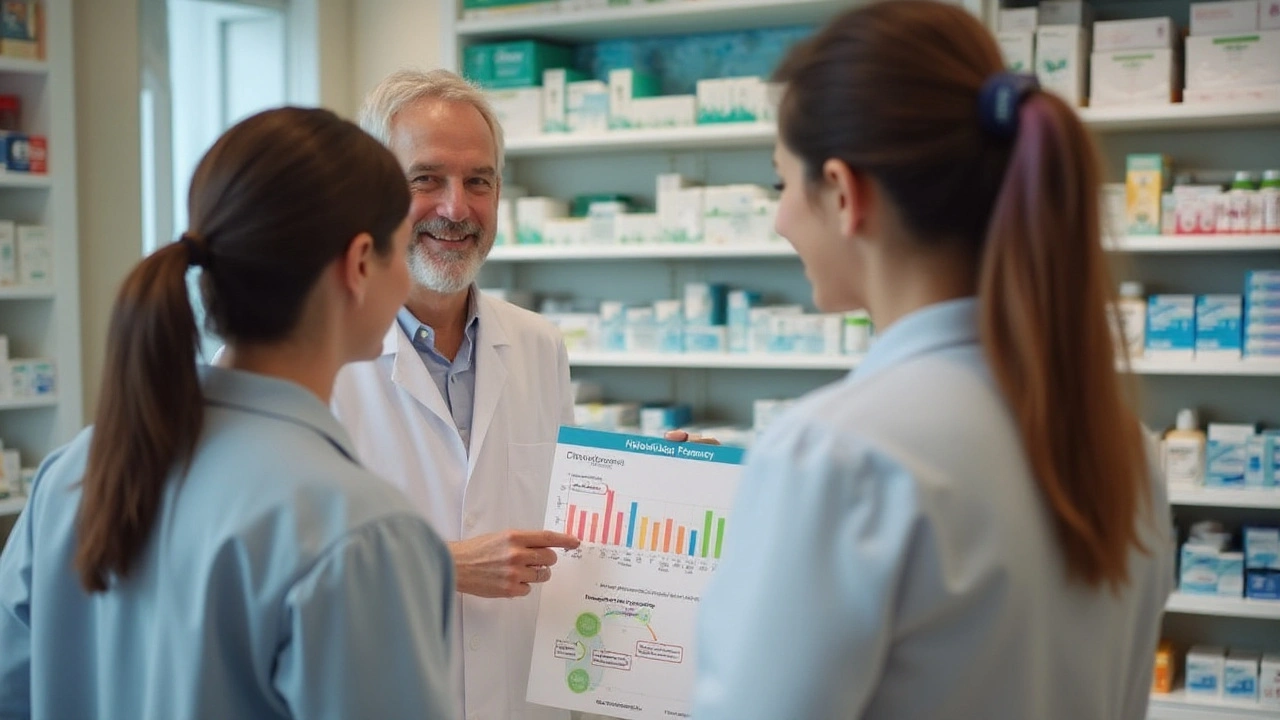Antifungal Medication: What Works for Skin, Nails, and Yeast
Fungal infections are common — athlete’s foot, vaginal yeast infections, and nail fungus show up all the time. The good news: many clear up with the right antifungal medicine. This page helps you pick the right type, use it safely, and avoid common mistakes when buying treatment online.
Common antifungal medicines and when to use them
Topical antifungals are the first line for skin and mild yeast infections. Look for active ingredients such as clotrimazole, miconazole, terbinafine, or tolnaftate. They come as creams, sprays, or powders and usually work within 1–4 weeks for athlete’s foot or ringworm. Apply to clean, dry skin and keep the area ventilated.
Oral antifungals treat deeper or persistent infections. Fluconazole is common for vaginal yeast and some skin infections. Terbinafine by mouth treats stubborn toenail fungus but often requires weeks to months of treatment. Itraconazole and ketoconazole are used for specific infections but need medical supervision due to possible liver effects and drug interactions.
Nail infections are tougher. Topical alone rarely cures onychomycosis unless treated early. Your doctor may recommend oral terbinafine or itraconazole plus nail care (trimming, filing) and patience — nails grow slowly so visible improvement can take months.
How to use antifungals safely and buy them online
Read the label and follow directions. Don’t stop early just because symptoms improve — stopping too soon lets the fungus come back. Watch for side effects: topical products can irritate skin; oral antifungals can affect the liver and interact with other meds. If you have liver disease, are pregnant, or take multiple medicines, talk to a clinician before starting oral treatment.
Buying antifungals online? Pick pharmacies that require a prescription for oral drugs and provide an accessible contact (real phone, address). Check for clear licensing info and real customer reviews. Avoid sites selling unusually low prices or offering prescription drugs without any questions — that’s a red flag.
Keep medications stored as the label says and toss expired products. For persistent, painful, spreading, or recurring infections, see your healthcare provider — you may need lab testing to confirm the fungus type and a targeted plan.
Prevention is simple: keep feet dry, change socks daily, avoid shared damp surfaces barefoot, dry skin folds thoroughly, and treat athlete’s foot early so it doesn’t spread to nails. For women, avoid douching and wear breathable cotton underwear to reduce yeast risk.
If you want help choosing a treatment or verifying an online pharmacy, ClearSkyPharmacy.Biz has guides and review-style posts that explain safety, cost, and what to expect with common antifungal medicines.
Exploring Diflucan: Uses, Effects, and Dosage Tips
Diflucan, a widely recognized antifungal medication primarily composed of Fluconazole, serves a crucial role in treating various yeast infections. Understanding its medical effects, potential side effects, and interactions with other drugs is essential for safe and effective use. Insights into common dosage and usage tips can help patients and healthcare providers make informed decisions. Always consult healthcare professionals when considering this medication for treatment. This guide aims to offer valuable information about Diflucan, aiding readers in making educated choices.
© 2025. All rights reserved.

